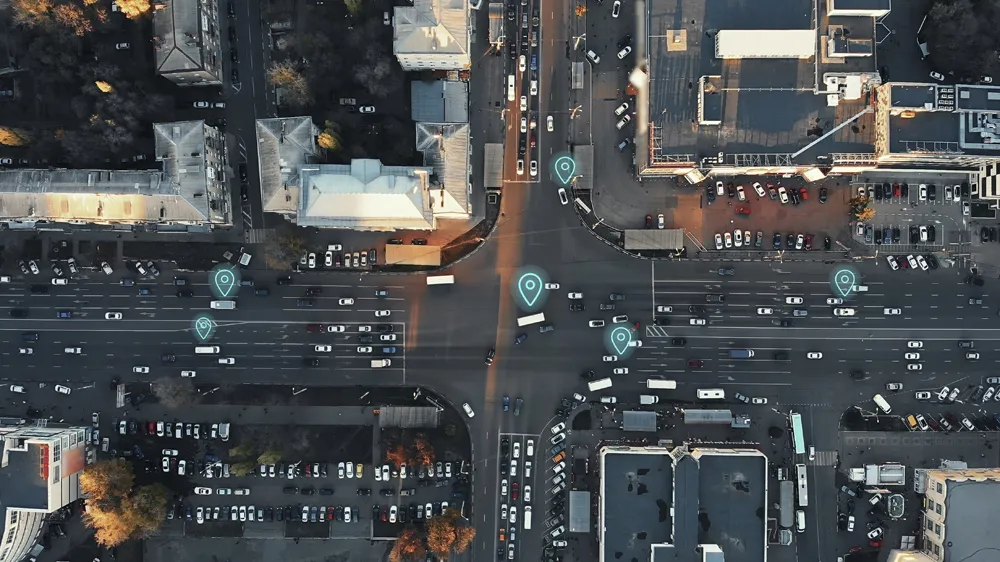Canadian patent licensing company
As IRD is an Industrial Internet of Things (IIoT) company specialising in ITS and producing a portfolio of integrated hardware and software solutions to better detect, measure and analyse a variety of transportation challenges, the acquisition fits in with Quarterhill’s growth strategy. Quarterhill will focus on acquiring technology companies in the IIoT segment across multiple verticals. The acquired businesses will operate independently as subsidiaries of Quarterhill. WiLAN will continue as a key subsidiary of Quarterhill focusing on patent licensing.
According to Shaun McEwan, interim CEO of WiLAN, IRD fits its acquisition profile and has built an attractive portfolio of IP protected technology and an enviable track record of financial performance that includes a growing base of recurring revenue and solid cash flow generation.
Terry Bergan, president and CEO of IRD, said, “The Quarterhill platform, once in place, will give us the opportunity to focus 100 per cent of our energy on strengthening and accelerating the growth of our business. We have a history of innovation and look forward to having the expertise of the WiLAN team under the same corporate umbrella.”
WiLAN to acquire International Road Dynamics
Canadian patent licensing company WiLAN is to acquire intelligent transportation systems (ITS) supplier International Road Dynamics for an equity value of approximately US $47.4 million (CA$63.5 million). The acquisition is part of WiLAN’s growth strategy which will see it operate under the Quarterhill name from around the beginning of June 2017.
April 20, 2017
Read time: 2 mins








